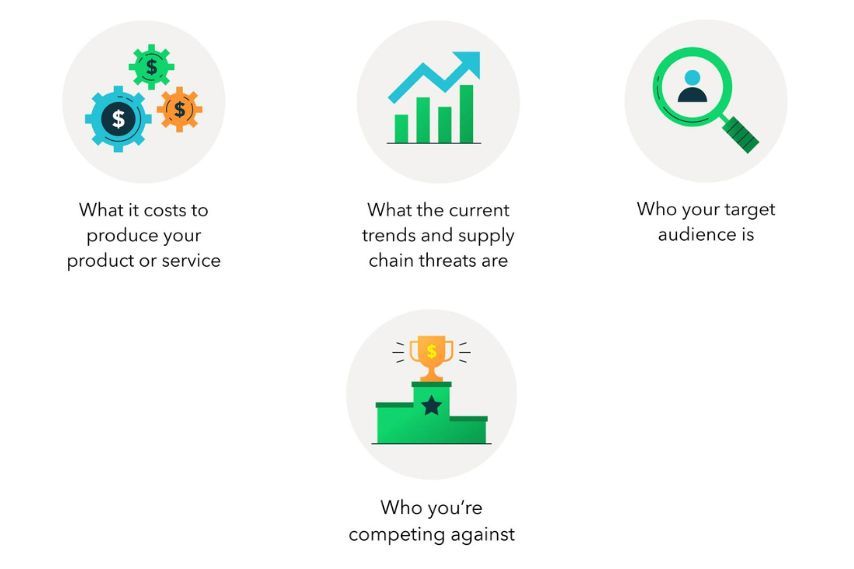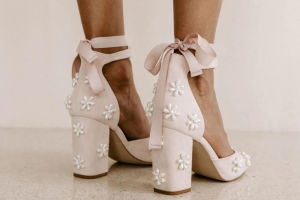Pricing Your Fashion Accessory Products

A Guide for Retailers after Purchasing Wholesale
If you're a retailer who purchased fashion accessory products wholesale, congratulations! You're well on your way to stocking your store with trendy items that will attract customers. A key aspect of selling fashion accessories is determining how to price them effectively to maximize profits. In this blog, we will provide valuable information on how to price your fashion accessory products, including markups for shipping costs, overhead costs such as website maintenance fees, and the need for a reseller's certificate for tax collection.
Understand Your Costs
Before setting prices for your fashion accessory products, it's crucial to understand the costs associated with running your business. As such, it includes the wholesale cost of the products, shipping costs, and any overhead costs such as website maintenance fees, packaging materials, and marketing expenses. Ensure that you keep track of all these costs and factor them into your pricing strategy.


Determine Your Desired Markup
Having determined your costs, you need to calculate the desired markup for your fashion accessory products. Markup is the amount you add to the cost of the product to arrive at the selling price. The markup percentage can vary depending on the market demand, competition, and your business goals. As a general rule of thumb, a markup of 50% to 300% is typical in the retail industry. However, you may need to adjust this based on your unique circumstances.
Account for Shipping Costs
If you're selling fashion accessories online or shipping them to customers, it's crucial to factor in shipping costs when pricing your products. Shipping costs can vary depending on the size, weight, and package destination. Research and estimate these costs accurately, and include them in your pricing strategy. You can add a flat shipping fee to each product or build the shipping cost into the product price.
Include Overhead Costs
Overhead costs are the ongoing expenses necessary for running your business without relating to a specific product. Examples of overhead costs for a retail business include website maintenance fees, rent, utilities, employee wages, and marketing expenses. It's essential to allocate a portion of these overhead costs to each product you sell to ensure you are covering all your expenses and making a profit. Divide your total overhead costs by the number of products you sell to determine the overhead cost per product, and add it to your pricing formula.
Obtain a Reseller's Certificate
In some states or countries, retailers must have a reseller's certificate or sales tax permit to collect sales tax from customers. This certificate allows you to purchase products wholesale without paying sales tax, as you will collect them from your customers when you sell the products. Make sure to research the requirements in your area and obtain a reseller's certificate if necessary to avoid any legal issues and ensure compliance with tax regulations.
Monitor and Adjust
Pricing is not a one-time task. It's vital to regularly monitor your sales and profitability and modify your pricing strategy as needed. Keep an eye on market trends, competition, and customer feedback to ensure that your prices are competitive and align with your business goals. If you're not achieving the desired profit margins, you may need to revisit your costs, markup, and pricing strategy to make necessary adjustments.
Conclusion
In conclusion, pricing your fashion accessory products after purchasing wholesale requires careful consideration of various factors such as costs, markups, shipping costs, overhead costs, and tax regulations. By understanding your costs, determining your desired markup, accounting for shipping and overhead costs, obtaining a reseller's certificate, and monitoring and adjusting your prices regularly, you will maximize profits and succeed in the fashion accessory market.




